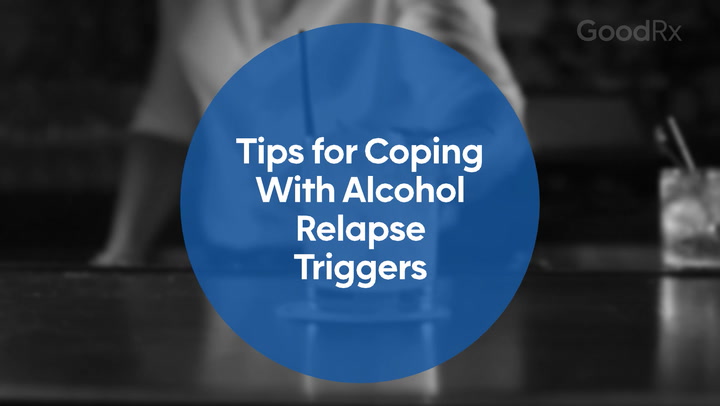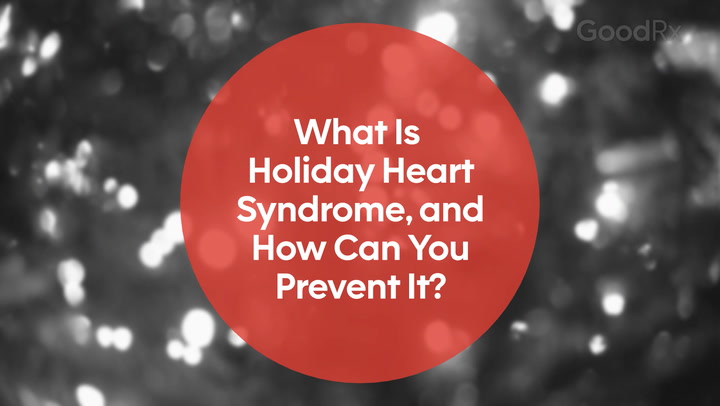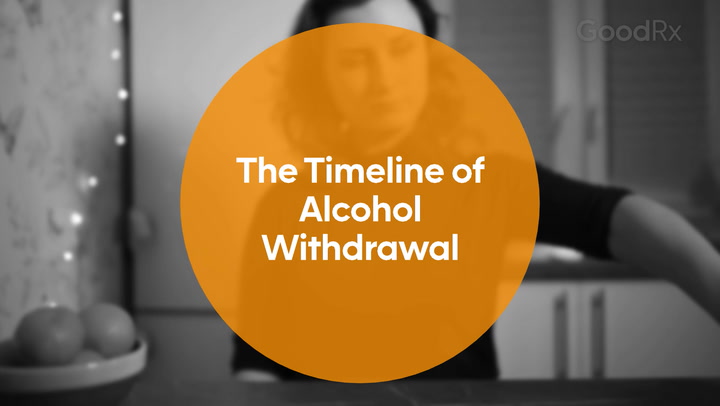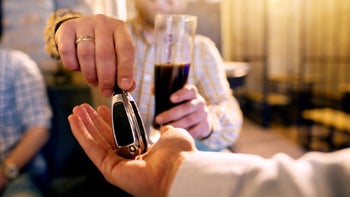
How Do You Know if You Have Liver Damage from Alcohol? Here Are the Signs to Look for
Key takeaways:
Your liver helps break down and remove alcohol from your body after you drink it. This process can actually create substances that damage the liver.
Early signs of liver damage from alcohol include nausea, stomach pain, and unintended weight loss. But there’s usually a period of time when damage has occurred and a person doesn’t experience any symptoms.
Liver damage from alcohol most often happens when a person drinks alcohol every day over several years. Enjoying an alcoholic drink every now and then isn’t likely to cause any long-term harm.

It can be easy to lose count of how many drinks you’ve had when you’re out socializing or trying to relax. While drinking in moderation is unlikely to cause liver damage, drinking large amounts of alcohol for longer periods of time may hurt your liver.
Here, we explore the different ways that alcohol can damage the liver. Then we’ll explain some of the early signs of liver damage, and what you can do if you’re worried about your liver health.
How does alcohol cause liver damage?
Your liver helps break down alcohol. This process creates substances that can harm the liver. Sometimes the liver can heal from minor damage. But as you drink more alcohol and if you drink it frequently, the damage builds up.
There are three main types of liver damage from alcohol — and they may have some overlap. So someone can have more than one at the same time.
1. Alcoholic hepatitis
Alcoholic hepatitis happens when the liver suddenly gets inflamed. In fact ‘itis’ means inflammation, and ‘hepa’ is based on the Greek word that means liver. While symptoms of alcoholic hepatitis can range from mild to severe, it’s usually treatable. And it develops more suddenly than alcoholic fatty liver disease and cirrhosis, which are more long-term conditions.
Search and compare options
2. Alcoholic fatty liver disease
In alcoholic fatty liver disease (sometimes called alcohol-associated hepatic steatosis), the liver builds up fat deposits. Usually, alcoholic fatty liver disease doesn't lead to any symptoms. If you have alcoholic fatty liver disease and stop drinking alcohol, it may even be reversible within a few weeks.
3. Cirrhosis
Cirrhosis is a more severe and permanent type of liver damage. It tends to progress from alcoholic fatty liver disease that’s ongoing over time. In cirrhosis, normal liver tissue is replaced with scar tissue, sometimes called fibrosis. This scar tissue affects normal liver function. And it can lead to more serious conditions, such as liver failure and liver cancer.
What are the first signs of liver damage from alcohol?
When liver damage from alcohol first starts to develop, it often doesn’t cause any symptoms. The only way to know it’s happening is through testing, which we describe below. When the first signs do eventually develop, they will look similar to liver damage from any cause.
Some of the first signs of liver damage include:
Stomach pain (sometimes in the upper right part of your stomach)
Losing weight without trying to
Decreased appetite
Feeling nauseous
Small, dilated blood vessels on the skin that are red and look like spiders (typically on the chest)
As the liver damage gets worse, you may notice other signs like:
Swollen ankles and legs
A firm or swollen feeling belly
A yellow color to your skin or the white parts of your eyes
A red color on your palms
Poop that’s lighter in color than usual
But these symptoms generally don’t occur until the damage from alcohol has built up over a longer period of time.
Does liver damage from alcohol always cause symptoms?
As mentioned above, liver damage from alcohol starts well before symptoms begin to show up.
But there are other ways to see if any liver damage has happened even if you aren’t feeling symptoms. Your healthcare professional can check certain tests that look at how your liver is functioning. These can include:
Blood tests: Sometimes referred to as liver function tests (LFTs), these look at the level of certain enzymes in your liver. When these levels are elevated, it can be a sign of liver damage.
Imaging tests: An ultrasound, CT, or MRI of the liver can tell you more about the size and texture of your liver, and whether there are signs of damage. An ultrasound and MRI are most commonly used to directly assess liver health. But signs of liver damage can show up on a CT as well.
Other tests: Other tests like a liver biopsy may be done in some cases (but usually less often). This test is more helpful when it’s clear someone has liver disease, but the cause is unclear. Most people with alcoholic liver disease don’t need this test.
It may feel scary to think you could have liver damage without you even knowing it. Before any needless worry, let’s discuss just how much alcohol it takes to cause liver damage.
How much alcohol does it take to cause liver damage?
A drink every now and then doesn’t cause liver damage. Long-term, steady drinking is more likely to do this. Before we dive into how much alcohol it takes to cause damage, first let’s define what counts as “one drink.”
The CDC defines one drink as 13.7 g of alcohol. This is the amount present in:
5 oz of wine (12% alcohol)
8 oz of malt liquor (7% alcohol)
12 oz of beer (5% alcohol)
1.5 oz of 80-proof liquor (40% alcohol)
With this in mind, most people with alcoholic liver disease report drinking at least 30 g of alcohol daily (about two drinks per day) over long periods of time (10 years or longer). And evidence shows that if a person drinks 80 g (around six drinks) daily for more than 10 years, there’s a 100% chance they’ll develop alcoholic liver disease.
The best way to avoid any liver damage from alcohol is to not drink. But this doesn’t feel like a realistic goal for many people. To lower your risk, aim to drink alcohol in moderation. Dietary guidelines define moderation as:
Fewer than two drinks a day for men
Fewer than one drink a day for women
And avoid heavy drinking, which is defined as:
Five or more drinks on any day, or 15 or more in 1 week for men
Four or more on any day, or eight or more in 1 week for women
If you’re still unsure or worried that you may have liver damage from alcohol, there are steps that you can take to determine risk, which we cover next.
What to do if you’re worried about liver damage from alcohol
If you’re worried about liver damage from alcohol, a good first step is to make a plan to cut back. Or stop drinking alcohol completely. This may feel hard — or even impossible — when you first think about it. That’s normal. But small changes in the right direction can make a big difference down the line. Even if you’ve drank a lot of alcohol for a long time, cutting back at any point can still help.
The next step is to talk with a medical professional, like your primary care doctor. They can help order the right tests for your liver, and talk about next steps to get help with alcohol use. There are even medications that can help you, too.
Many people hesitate to be honest with their healthcare team about how much alcohol they drink. And this is understandable. Maybe you know it’s a problem but don’t feel ready to change. Or maybe you don’t want to know if you have liver damage. Or maybe you just worry you’ll feel judged. But rest assured your healthcare team is there to support you, no matter where you are on that spectrum or what you feel ready for. It all starts with an honest conversation.
The bottom line
Enjoying a glass of wine every now and then isn’t likely to cause any damage to your liver. If you find yourself turning to alcohol more regularly, though — especially if you’re having several drinks in a given day — then there may be a chance that your liver has been affected. If you’re worried or unsure, a great first step is to start to take stock of how much you’re drinking. And the next step is to ask for help. It’s never too late to make these changes, and in many cases, any liver damage can be repaired.
Why trust our experts?


References
Bruha, R., et al. (2012). Alcoholic liver disease. World Journal of Hepatology.
Centers for Disease Control and Prevention. (2022). Alcohol use and your health.
Centers for Disease Control and Prevention. (2022). Frequently asked questions.
Jackson, W. (2023). Alcohol-related liver disease. Merck Manual Consumer Version.
Maher, J. J. (1997). Exploring alcohol's effects on liver function. Alcohol Health and Research World.
National Health Service. (2022). Alcohol-related liver disease.
National Institute on Alcohol Abuse and Alcoholism. (n.d.). What is a standard drink?
National Institute on Alcohol Abuse and Alcoholism. (2023). Drinking levels defined.
NHS Inform. (2013). Alcohol-related liver disease.
Osna, N. A., et al. (2017). Alcoholic liver disease: Pathogenesis and current management. Alcohol Research: Current Reviews.
Patel, R., et al. (2023). Alcoholic liver disease. StatPearls.
Shah, N. J., et al. (2023). Alcoholic hepatitis. StatPearls.
The Mount Sinai Health System. (n.d.). Alcoholic liver disease.
If you or someone you know struggles with substance use, help is available. Call SAMHSA’s National Helpline at 1-800-662-4357 to learn about resources in your area.

























